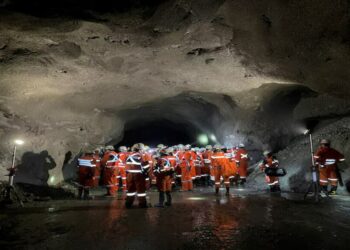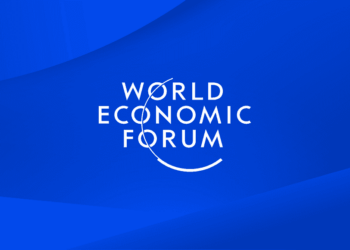Another day of excellent presentations from expert speakers at London’ Mines & Money Conference. So much so that, as with the previous day, it’s difficult to pick out specific talks to write about in the time one has available.
One, or rather two, presentations on India were of particular interest to resource sector and gold analysts. Many have suggested that India, with its enormous population and high a growth rate which will likely overtake China in terms of numbers of people in the next few years, is seen by many analysts as the potential driver of the next resources sector supercycle, but there are such huge cultural and political differences between the two nations that this is unlikely to happen in the foreseeable future – if ever – at least if one reads between the lines of the two talks on the subject at Mines & Money.
The first was from Tom Albanese, CEO of Indian-owned and headquartered diversified miner Vedanta Resources (and former CEO of Rio Tinto). While not as negative as the later presentation by Indian national Jayant Bhandari, Albanese made a number of points which certainly suggested there was unlikely to be any rapid progress towards the kind of impact China has had on the resources sector over the past 10-12 years as the dominant driver of the so-called resources supercycle.
The big difference between China and India in this respect, said Albanese, is that Chinese policy works from the top down and is driven by government in the way only a centralised planned economy can be. Its goal is to keep its vast population happy thereby warding off social unrest which could flare up with such a vast population. Hence the huge programme of building infrastructure – roads, railways, power distribution, housing, whole new cities, broadband internet access etc. – even before the population was ready to take advantage. The West points to ghost cities etc. as showing that this policy has failed, but it hasn’t. It is all part of a huge population urbanisation process which has very much brought the country into the 21st Century in a matter of a few years. It has done, in 10 years, what it took the USA, the world’s previous vast engine of growth, probably half a century or more to achieve. And the current rebooting of the economy from an export and manufacturing led one to a consuming and services economy will likely see it accomplish in five years what it took the USA 20 years or more to do. We actually think this may understate the progress in China, but Albanese was perhaps being conservative.
The current Chinese planned economic transition is proving slower, and perhaps more painful, than the government intended, but it is happening, and will succeed, in totally transforming the country’s economic model to a modern consumer-based society, less reliant on manufacturing, although that will still remain a significant part of the economy. At the same time the country is working to get rid of the huge environmental problems generated in the past through closing polluting factories, reducing fossil fuel power generation in favour of clean technologies, and implementing Western style emissions controls on the ever growing automobile sector among others. One suspects it will also embrace non-polluting automotive technology faster than the West. Growth has slowed but it is still advancing at perhaps 5% a year and even given India’s growth may well be greater it is starting from a hugely lower base and will take tens of years to catch up – if indeed it ever will.
By contrast, growth in India, as a hugely bureaucratic, democratic economy, with vast ethnic and religious differences, is driven from the bottom up. The government is reactive, not pro-active. India is seen as a far more fertile country than China, so can support better an agrarian, low-earning, population than China can, which is a limit to growth in itself. There is not the same need to urbanise as in China, according to Albanese and the potential for the country developing its huge mineral resource inventory, which is enormous, is hugely restricted by politics and bureaucracy and that is unlikely to change without a big transformation an a deep-rooted culture which is difficult, some would say impossible, to achieve.
In his later-in-the day comments, Bhandari went far further in decrying the Indian political system and society which he described as irrational and inherently ‘extremely corrupt’. He also had some interesting comments on the population’s love for gold. Indians, he said, see it as a stable investment and store of wealth as virtually all other investment options are effectively negative yielding – and gold does well in a negative yielding financial environment. He describes the Indian gold monetisation scheme as a ‘scam for gullible people’ and does not think it will get much in the way of take-up
Bhandari is hugely pessimistic on India and its political system. He is no lover of President Modi and feels the hype suggesting that he can transform the economy is mistaken. Interestingly on a recent visit to India, the writer talking to some highly educated people from Modi’s home state of Gujarat where he is reputed to have created an economic transformation, described him as the consummate politician – all talk and no substance! Bhandari goes much further describing him as a fanatic and dangerous!








